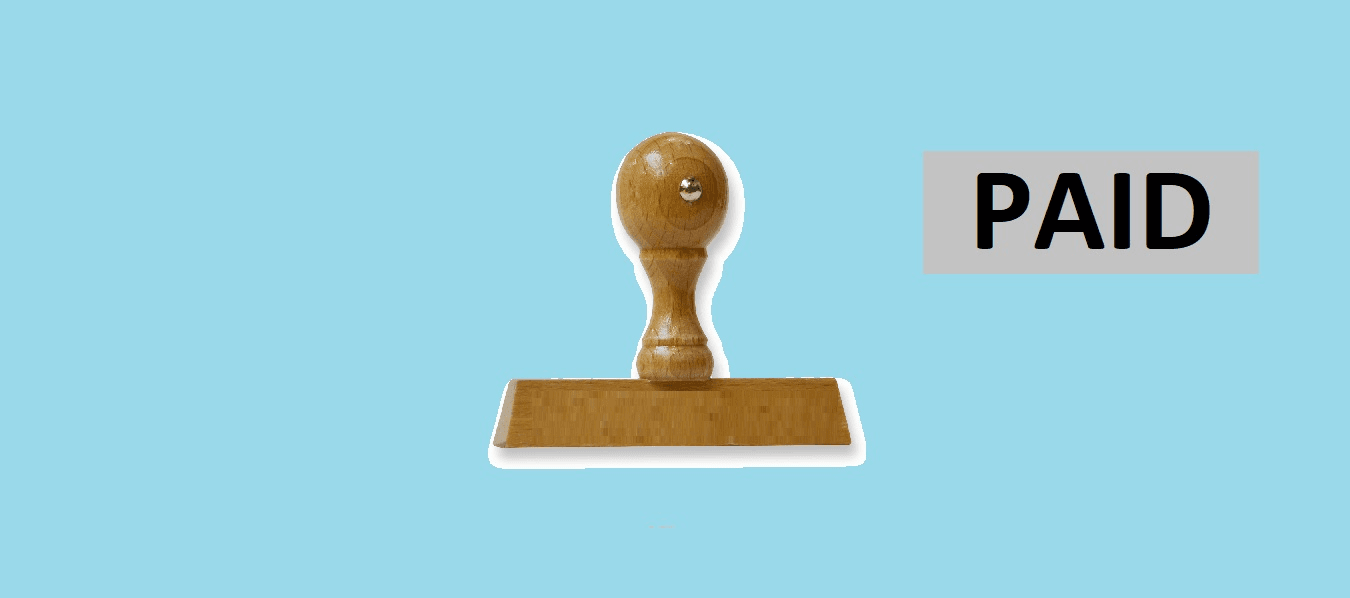About current account collection and settlement
All invoices booked are processed on the current account of the parties who owe something or to whom something is owed.
Drawing year/book year
A copy of the invoice is stored in your company's digital archive. This way - also in the future - it can always be traced which amounts were booked in the past, when they were settled and to which drawing year and financial year they belong. In all cases, both years are recorded.
SETTLED/DUE
Booking premiums or claims is vellicht the simplest task a computer system can perform.
Much more difficult is organising that the collection succeeds and that it becomes clear that the entry has been settled.
Especially when there is the payment of a balance consisting of collection of premiums, refunds, claims and/or expenses, it often creates a puzzle that is difficult to put together.
Sometimes even money received or paid is part of the balance.
And that balance then changes because new entries have been made.
Offsetting
Invoice offsetting is applied for debtors as for creditors.
Payment reference:
Where there is a direct debit with the contractor, amounts can be processed immediately as a counter entry.
Where there is no direct debit, the contractor can be requested to provide the payment reference.
These invoices are then processed as "settled" on the current account.
Balance payments
Where current account payments are involved, it may be difficult to track the composition of the paid invoices. But in principle, invoices can be manually marked as "settled". Set-off invoices are
mentioned once more on the current account, so that the counterparty can also see that settlement has taken place.
Monthly/quarterly invoices
Where (digital) statements or quarterly invoices are provided to insurers, the invoices are marked as "due".
invoices authenticated as "due". After payment of the balance, they are no longer shown in the current account


